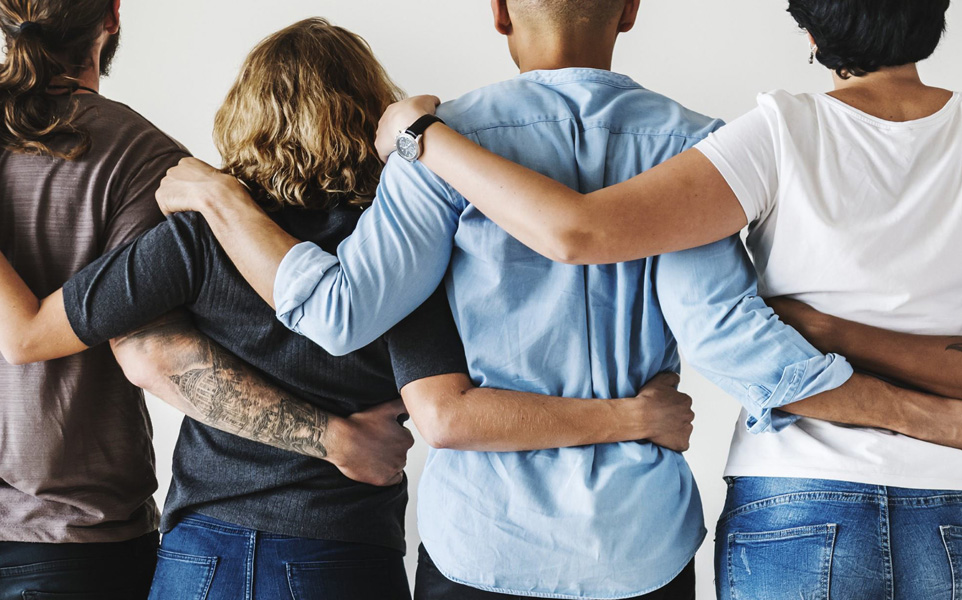Save a Life
Opioid use is one of the main causes of overdose. Naloxone, also known as Narcan©, is a medication that can reverse the effects of an opioid overdose. In Montgomery County, public safety workers, including Police and Fire and Rescue Services, carry Naloxone. School health nurses have been trained on using Naloxone and there is Naloxone available at all middle and high schools. Montgomery County participates in Maryland’s Overdose Response Program and provides free Naloxone training and kits to the community.
The training provides information on common opioids, instructions on how to recognize an overdose and how to administer Naloxone properly.
If you or your organization would like to host a Naloxone training, please email us at [email protected] .
Maryland residents can now get FREE Naloxone through the mail. See nextdistro.org/naloxone for details.

Maryland’s Good Samaritan Law protects people assisting in an emergency overdose situation from arrest, as well as prosecution, for certain crimes.
Symptoms of an Overdose
- Slow, shallow or stopped breathing
- Sleepy and unable to talk, or unconscious
- Lips or fingertips turning blue
- Pale/grayish skin
- Loud snoring or gurgling sounds
If You See Signs of an Overdose
-
Get Their Attention
- Lightly tap, shake and shout at the person to get a response. If there is still no response, firmly rub your knuckles down the middle of the person’s chest.
- If the person responds, keep them awake.
-
Call 911
- If You Get Little or No Response, Call 9-1-1 FIRST, and tell them your location and the person’s symptoms
-
Give Naloxone
- If you have Naloxone, place the tip of nozzle (on device) in either nostril until your fingers touch the bottom of the person’s nose.
- Press the plunger firmly to release dose into nose.
- Give second dose if first dose does not work within 1-3 minutes.
-
Support Breathing
- Lay the person on their back.
- Tilt the chin back. Remove anything blocking airway.
- Pinch the person’s nose closed and cover their mouth with your mouth.
- Blow two regular breaths, then give one breath every five seconds.
- Do chest compressions if trained in CPR.
-
Care for the Person
- Stay with the person until medical help arrives.
- Place the person in recovery position; face and head turned to the side, top hand placed under head, and top knee bent to support the body.
